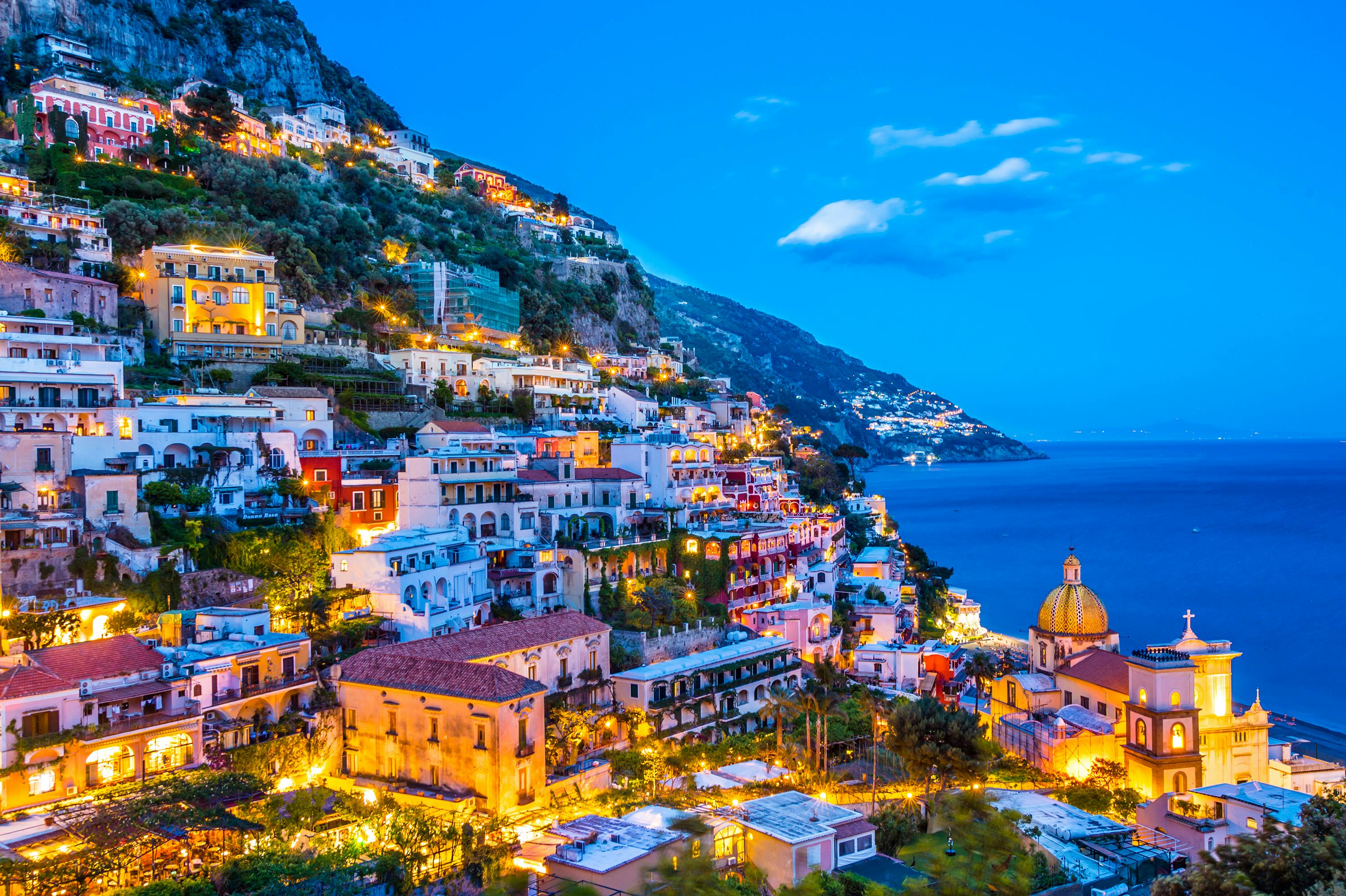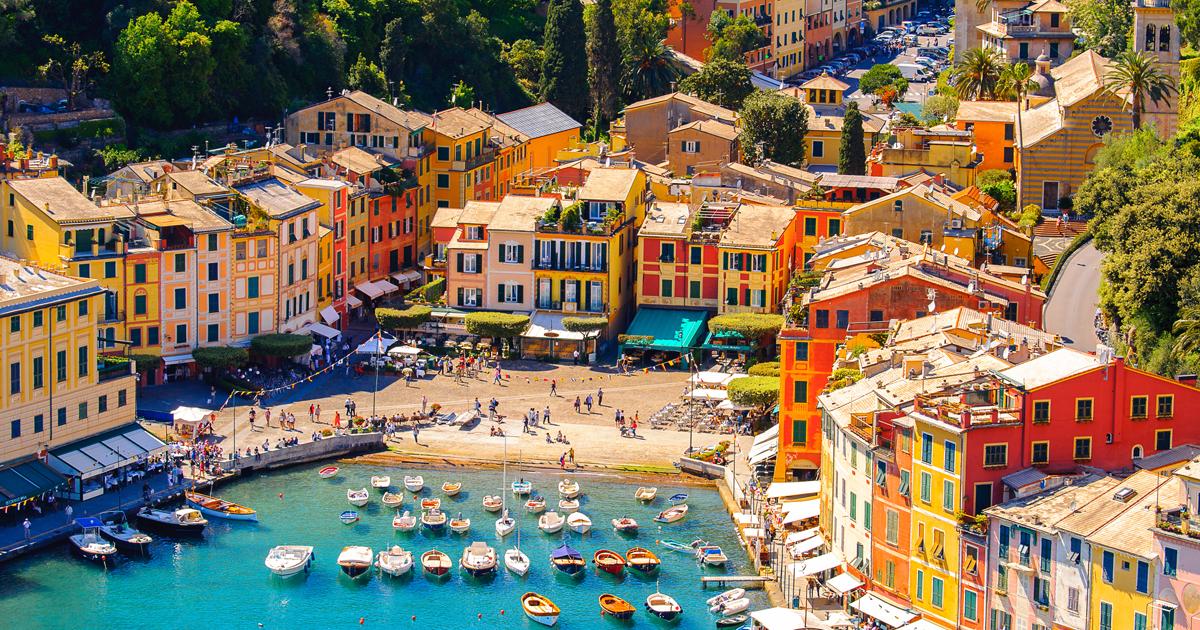Everything You Need to Know About Mediterranean Cruises
Before I had traveled anywhere, I imagined what the “Grand Tour of Europe” would be like. In the mid-18th century, such a tour was intended to school young university grads in classical European culture and arts. Venice, Florence and Rome were the essential stops, and ancient ruins in Pompeii and Naples were tacked on as well.
Traveling today to pivotal destinations on Mediterranean cruises offer far more than Italy. Here’s a guide to help you craft your own cruise tour to the most-visited region of the world.
Where, exactly, is the Mediterranean?
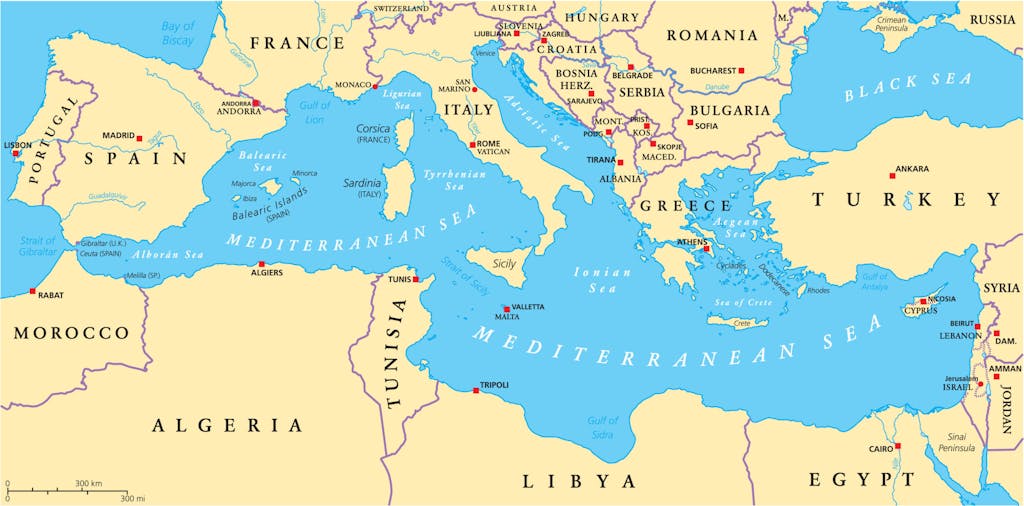
Geographically speaking, the Mediterranean region is in the middle of Europe, Africa and Asia. The Mediterranean Sea stretches 2,500 miles from the Atlantic Ocean at the Strait of Gibraltar to southwestern Turkey in the east. It spans 500 miles north to south, from southernmost Croatia to Libya. The Tyrrhenian and Adriatic seas off Italy, and the Aegean Sea between Greece and Turkey, are part of the mighty Mediterranean.
What does it mean to visit the Mediterranean?
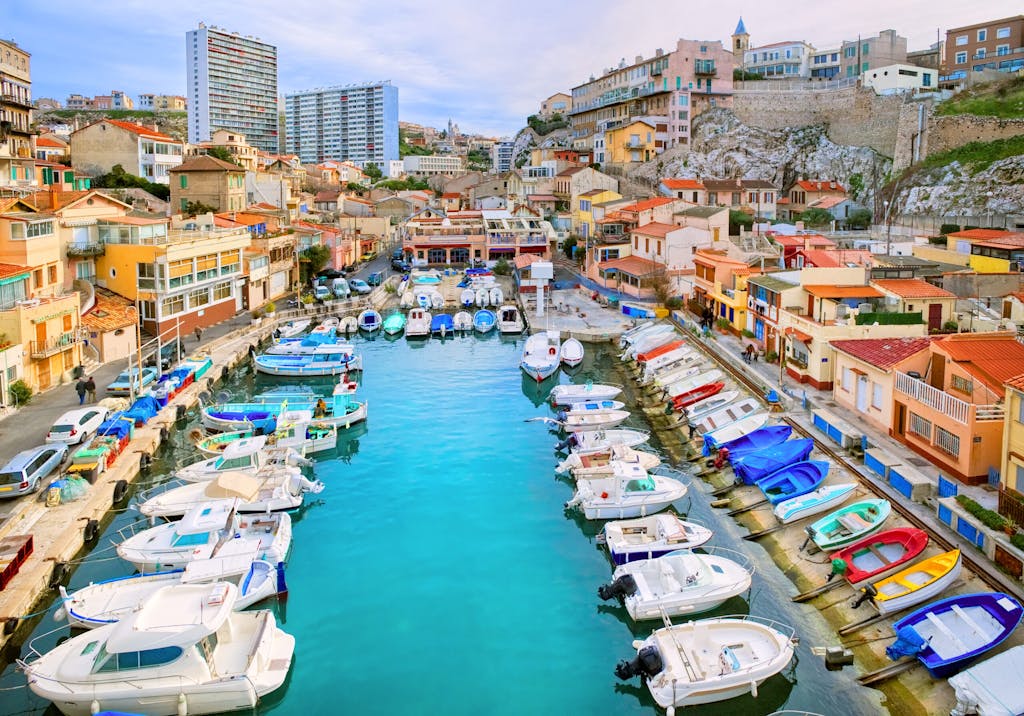
There’s no one destination that is the Mediterranean; 20-plus countries and other entities are found along the Mediterranean Coast. Bordering the sea’s European side are Gibraltar, Spain, France, Monaco, Italy, Malta, Slovenia, Croatia, Bosnia and Herzegovina, Montenegro, Albania, Greece and Cyprus.
Turkey has a foot in Europe and Asia; Syria, Lebanon, Israel and Palestine are on the Asian continent’s shoreline. Egypt, Libya, Tunisia, Algeria and Morocco lie on the African continent, bordering the sea to the south.
The Mediterranean region also extends to destinations with similar climates — marked by mild winters and hot, dry summers — even though they don’t border the sea. Portugal, San Marino, Andorra and Slovenia are considered within the Mediterranean.
Why take a Mediterranean cruise?
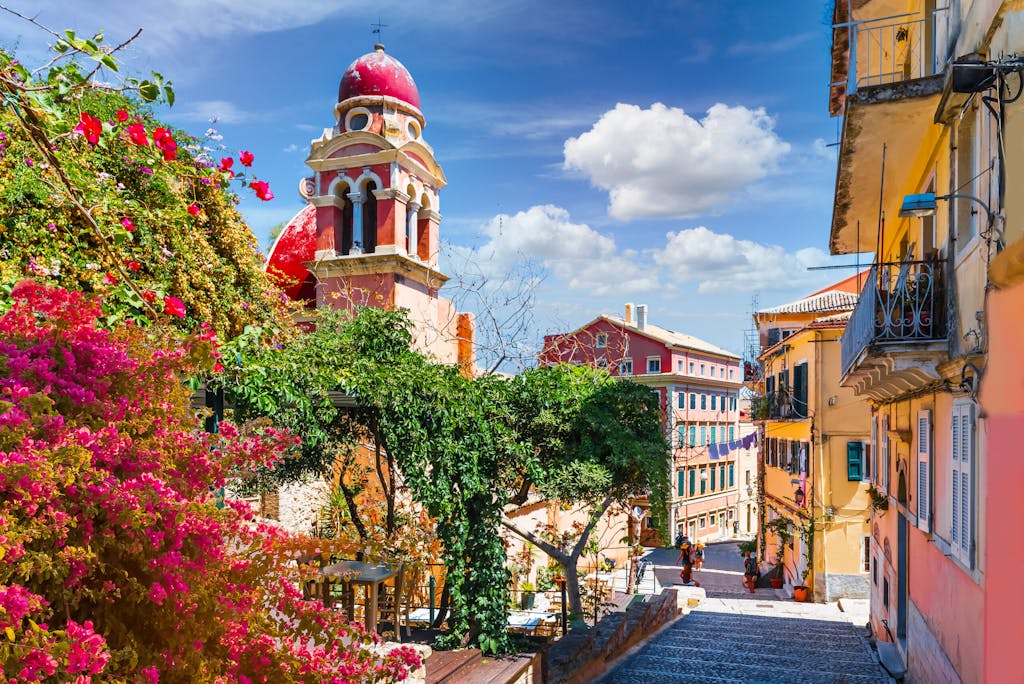
The best thing about going on a Mediterranean cruise is that you can keep going back for more and not repeat a destination. The number of destinations with hilly landscapes, beautiful beaches, ancient ruins, cosmopolitan cities and distinctive cuisines abound.
A cruise on the new Silver Nova, which launched Aug. 14, will take you to places as varied as Barcelona, Spain; St.-Tropez; France; Monte Carlo, Monaco; Civitavecchia (Rome), Venice; Sicily; Split and Dubrovnik, Croatia; the Greek Island of Corfu, among other places, and you still will not have seen it all.
Cruises offer an easy way to visit some of the most scenic and historic destinations in a single trip. (If you’re wondering how to choose your Mediterranean cruise, our guide can help you decide.)
When should I visit the Mediterranean?
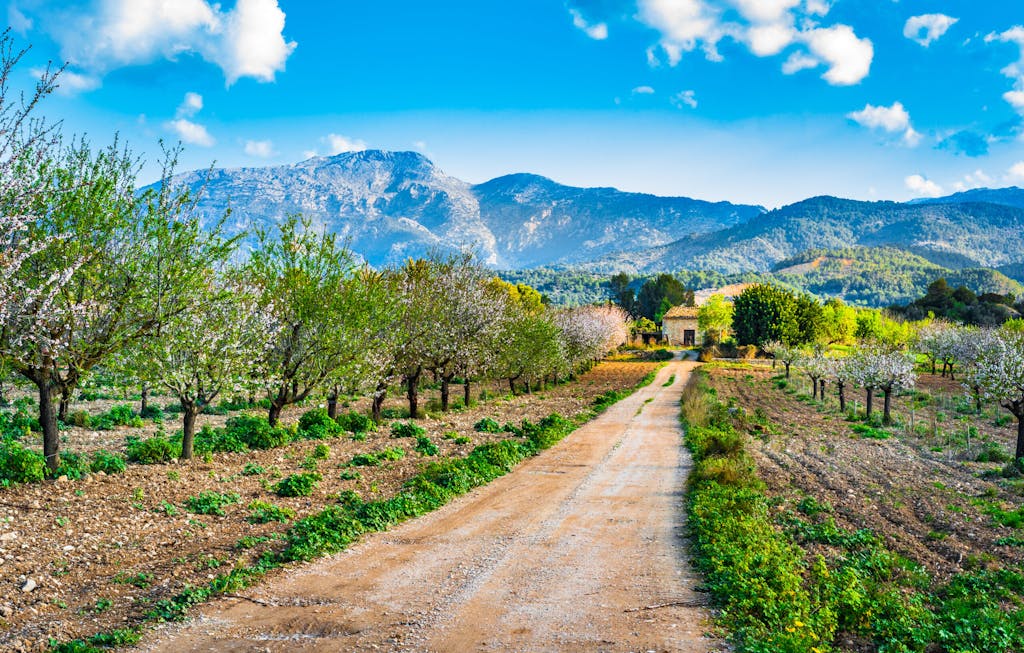
The best time to cruise the Mediterranean is in spring, summer or fall, from early April through late November. Many Mediterranean cruise itineraries sail during these optimal months. In winter, some attractions, hotels and restaurants may be closed, limiting your options.
What are the hottest months in the Mediterranean?
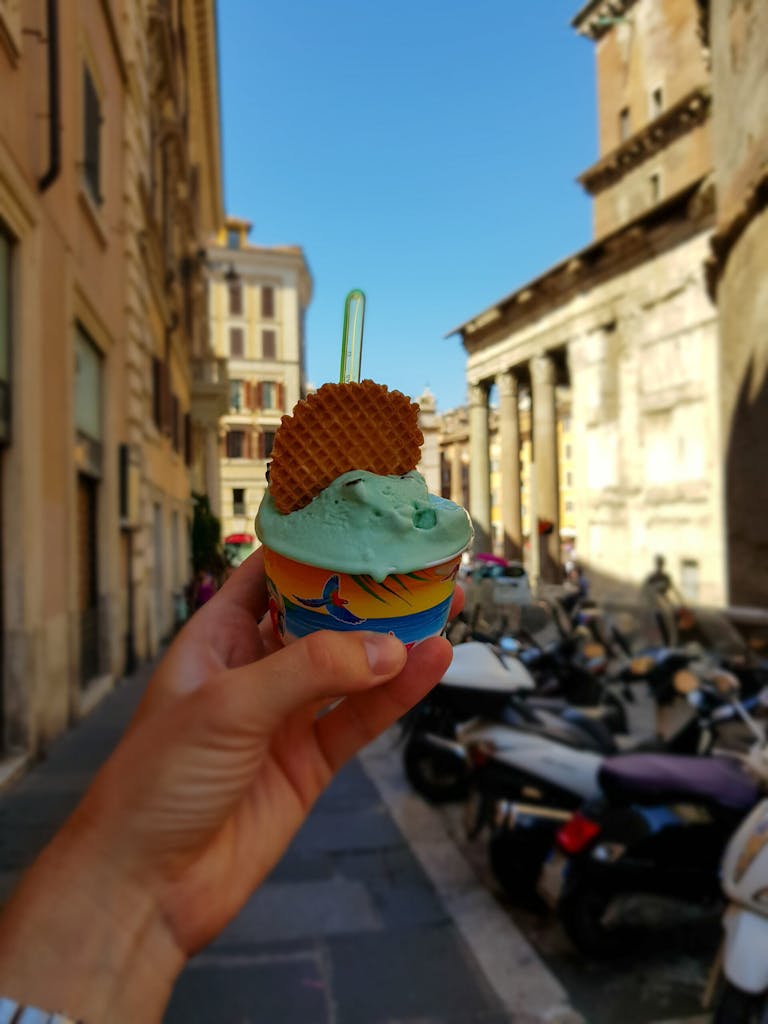
The hottest months in the Med are July and August, and this summer has been no exception. Athens sees highs of 93 degrees Fahrenheit and lows of 75 degrees in those months. Temperatures in Rome reach 89 degrees and dip to 66 degrees in July and August. Water temps also reach the nearly tropical 70s.
When to visit the Greek Islands
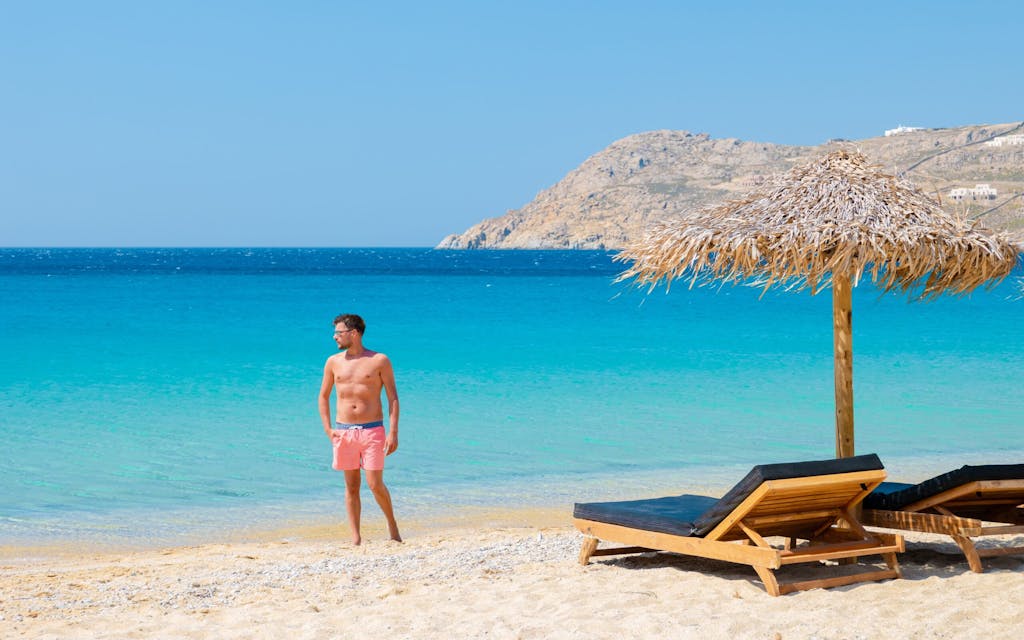
April through early October brings good weather and warm temperatures to Greece. In June, destinations such as Mykonos, Corfu and Crete show temperatures in the mid-70s and highs in the low 80s. If you are a heat seeker who doesn’t mind summer crowds, July and August temperatures climb to the low 90s with high humidity.
When to visit Malta
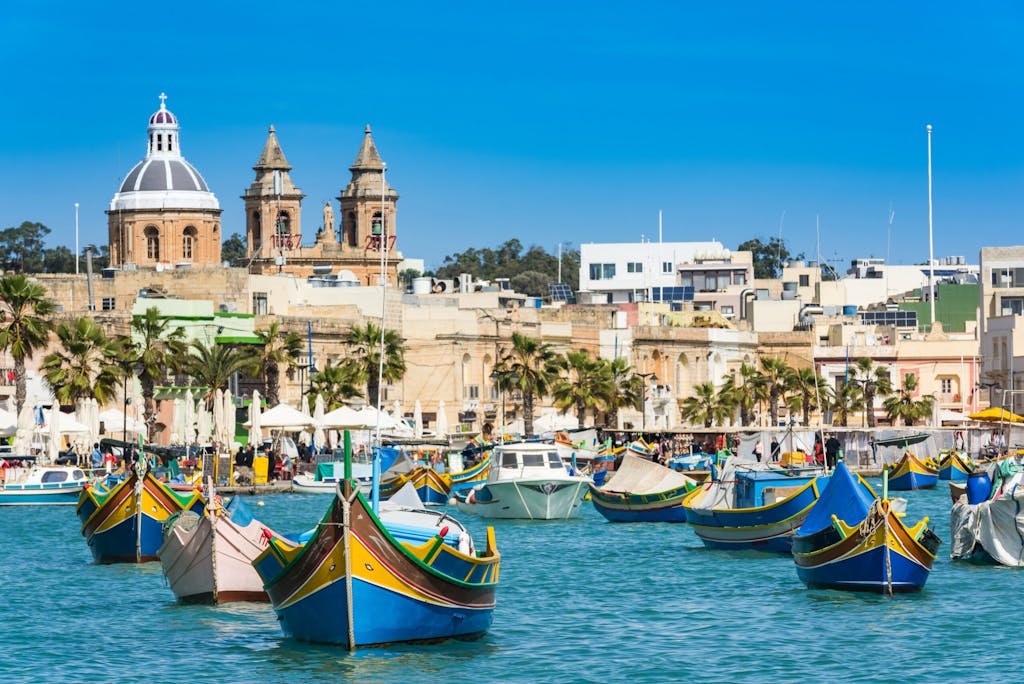
Consider a cruise to Malta from June to September, when high temperatures reach 84 degrees in June, and 89 in July and August. Humidity reaches more than 60 percent in those months, but it’s also the time when locals and visitors come to party on beaches and in clubs.
When to visit the Bay of Kotor in Montenegro
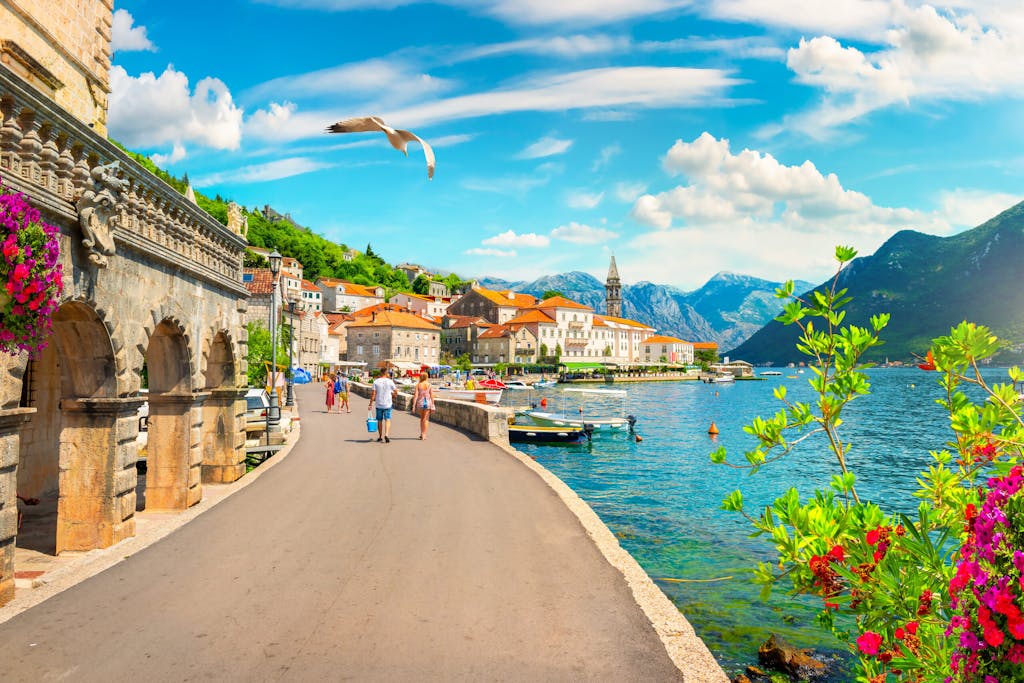
April to October is a good time to visit Montenegro. High temperatures in May hit the mid-70s, while June highs climb to 84 degrees, and July can top out at 91 degrees. Spring and early fall provide cruisers with milder weather.
When to visit Barcelona
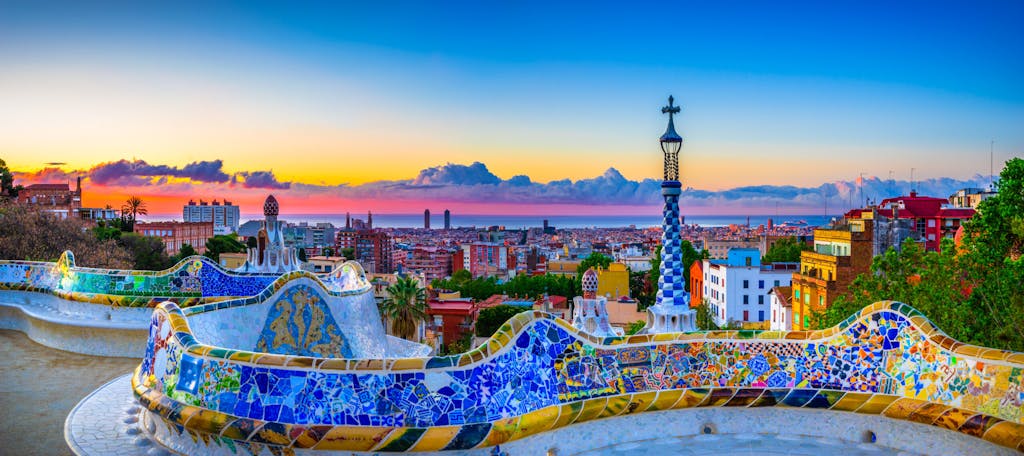
May through early October show mild to hot temperatures in the coastal city of Spain’s Barcelona. Highs reach 75 degrees in June, 81 in July and 82 in August. July and August are notably the busiest time at beaches and other tourist attractions.
When to visit Dubrovnik
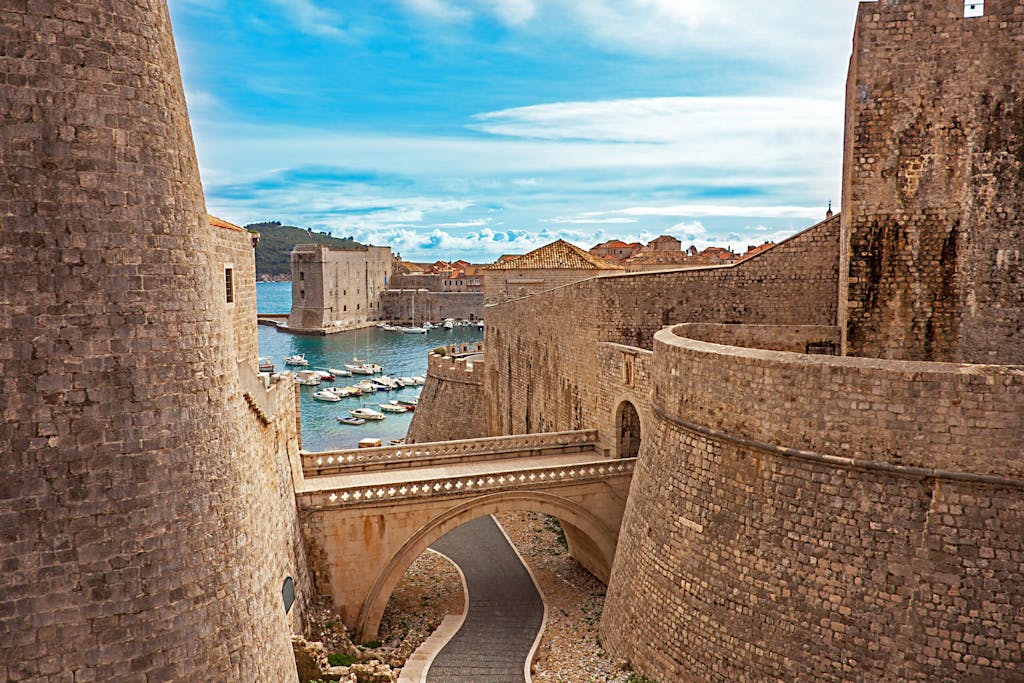
That depends on your interests. If you like to explore ancient history, think about an itinerary that calls on Rome, Pompeii, Athens and Istanbul. If you want to kick back at gorgeous beaches, think about a cruise along the coast of Spain, the French Riviera or the Greek Islands. What you enjoy and what time of year you travel will shape your Mediterranean tour.
Here are some top destinations to consider.
Amalfi Coast, Italy
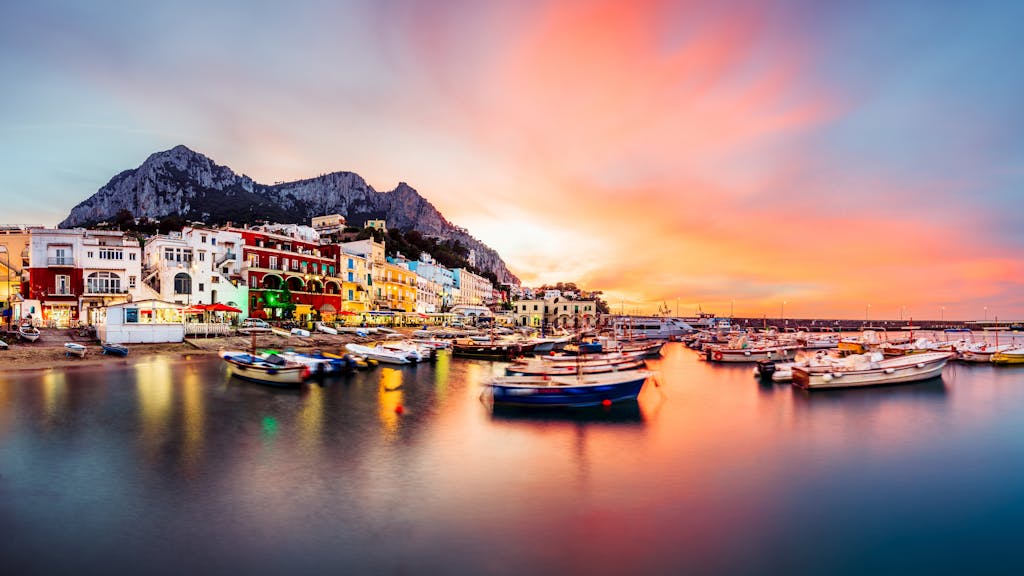
Nowhere in the world looks like the Amalfi Coast. Villages thrive on steep cliffs above the coast south of Naples with dramatic and stunning effect. Amalfi, Cetara, Positano, Ravello and nine other villages were designated UNESCO World Heritage sites for being “an outstanding example of a Mediterranean landscape, with exceptional cultural and natural scenic values.”
The once-quiet towns and villages have become popular destinations, especially in spring and summer. Life there moves at a slower pace, and so should you. It’s a good place to practice mindful travel, which may mean disconnecting from your cellphone to enjoy the splendor of the coast.
Discover the hillside villages and hidden coves on a vintage Vespa tour to explore Positano, Amalfi and mountain-top Ravello, or hop on a boat tour to see views of hilly Conca, Praiano and Furore from the water. The Amalfi Highway covers about 35 miles, without hopping off to see villages, but it can be traffic-filled and narrow in places, making a drive difficult. Ferries regularly travel to the isle of Capri where you can marvel at beaches with turquoise waters and gawk at opulent villas.
Venice, Italy
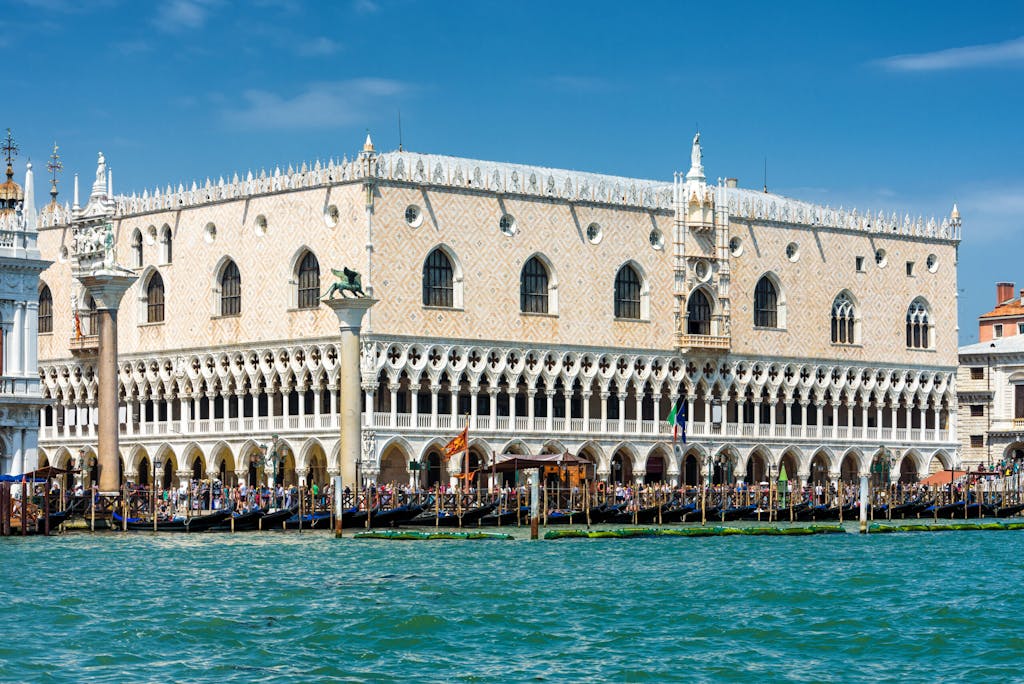
Venice seems compact and demure, but don’t be fooled. The Venetian Republic of the 15th century had powerful doges, or dukes, who ruled over a vast empire that included modern-day Croatia, Slovenia and other parts of Italy. Venice left indelible cultural and architectural influences on sites up and down the Adriatic Coast.
The city built on canals became an important maritime power partly by controlling a trading hub between Asia and Europe. Cars are nowhere to be found in Venice, but gondola rides and water taxis are a fun way to get around. Follow the trail of the doges and their rich history when you are deciding what to see in Venice. First stop: the Gothic style Doge Palace, or Palazzo Ducale, which is now a museum. It has changed over centuries but remained the most politically important building in Venice. Government offices in grand style were housed here, especially the ornate Great Council Chamber where walls and ceilings are covered with painted scenes and overlaid with gilded framing.
The building also housed the private apartments of the doge and his family, which are also open to visitors. The nearby Basilica of St. Marks was the doge‘s chapel, a multi-domed church with Byzantine, Romanesque and Islamic touches. All structures open to St. Mark’s Square, with its towering Campanile and pre-Renaissance clock tower. The square was the heart of Venice when the doges ruled. It still is.
Sicily, Italy
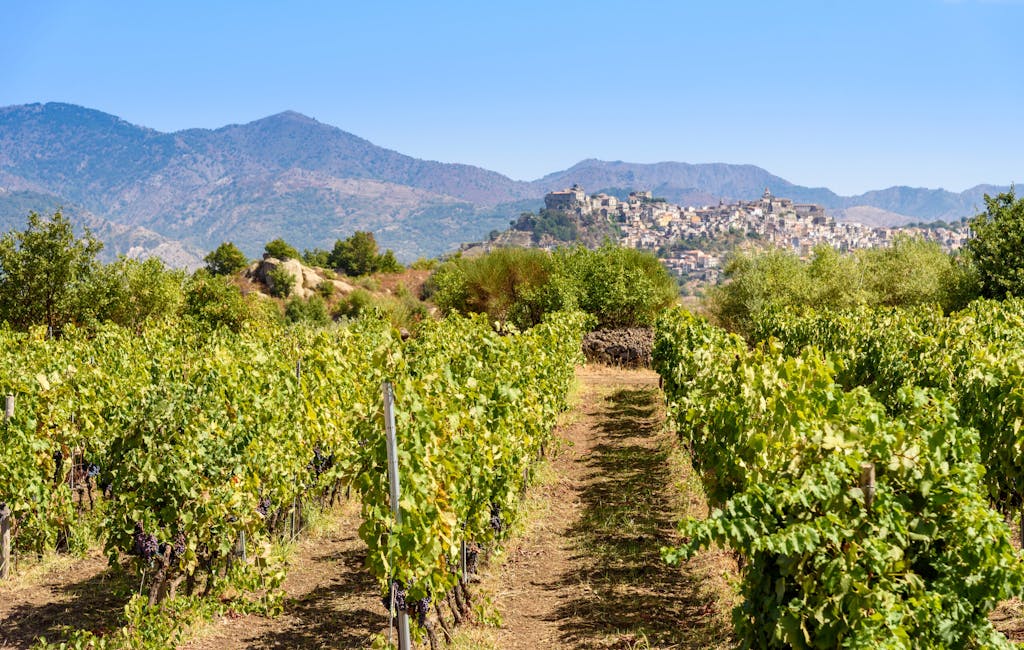
Sicily, the largest Mediterranean island at the toe of Italy’s boot, has remnants of many ancient cultures, including ancient Greeks, Byzantines, Romans, Arabs and Normans. The most impressive and best-preserved collection of Greek architecture stands at the Valley of the Temples near Agrigento, about 80 miles south of Palermo.
The island’s best-known landmark isn’t man-made. Mt. Etna, an active volcano south of Taormina, tops off at 11,055 feet above elevation. It’s the tallest of the volcanoes of Italy. You can drive almost to the summit and sometimes see the red-orange glow of lava. (A “small eruption” has been ongoing since November 2022, NASA says.) A cable car also can take you up the mountain.
Despite its active state, parts of Mt. Etna have become an important area for winemaking in Sicily. The unusual terrain attracts fans who brave barren volcanic slopes to visit vineyards 2,000 feet above sea level. Back at the coast, you should sample Sicily’s beaches, particularly those near Trapani, not far from Palermo, Sicily’s capital. Expect crowds of locals and visitors during the steamier summer months on the island.
Rome, Italy
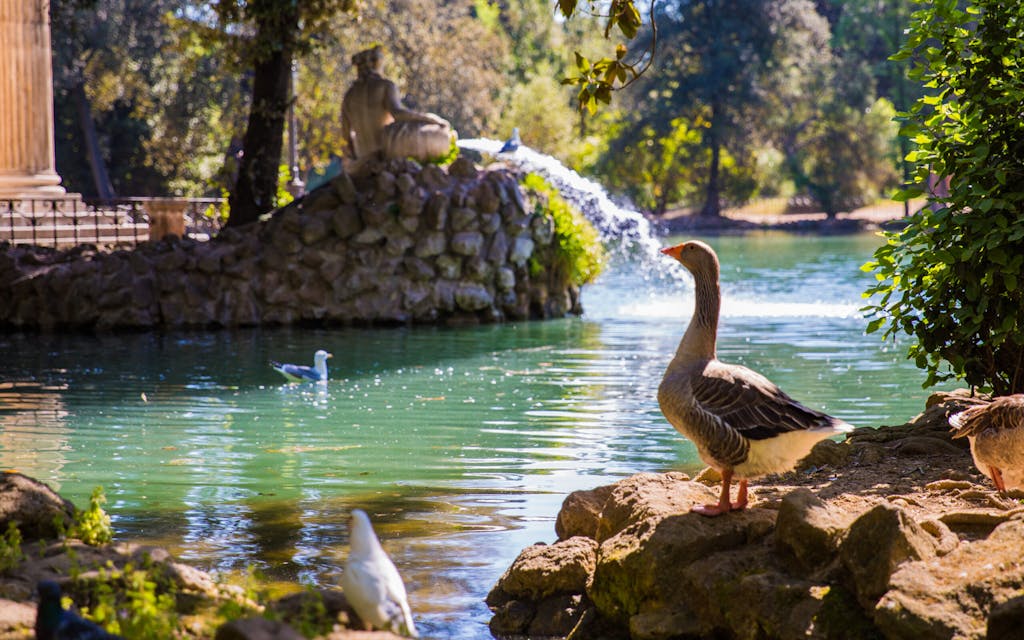
The Italian capital is inland along the Tiber River and claims Mediterranean status by its proximity to the sea (about 15 miles away) along with its mild climate. Rome’s city center remains so true to its roots that if you haven’t visited in a few decades, you will likely still know your way around.
The Romans built the city in the 8th century and ruled their empire for more than 1,000 years. Remnants of the Colosseum where gladiator battles ensued and the Forum, the civic center, reveal architecture on a grand scale.
As the Roman Empire faltered, Christianity started to take hold in Rome. The first church, known as St. Peter’s Basilica, broke ground in the 4th century. After it fell into disrepair in the 16th century, sculptor and painter Michelangelo was tapped to design the church with the grand dome that stands today in the Vatican. It’s not far from the masterpiece he created on the ceiling of the Sistine Chapel.
For less formal touring, check out Rome’s more casual hangouts to people-watch, relax and rest your feet. Locals and visitors can be found at the Trevi Fountain, the Spanish Steps and the cafe-filled Piazza Navona, although you will find crowds in the busy summer season. If natural space is on your list, head to the Villa Borghese to fountain-hop and tour the gardens.
Nice, France
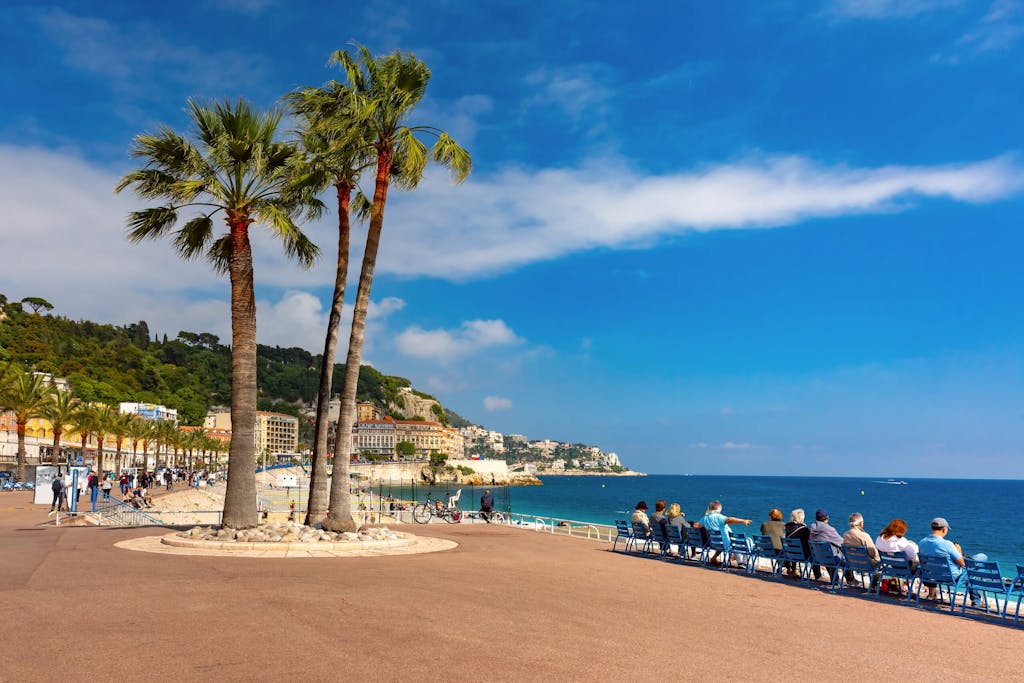
Bask on the beaches in the capital of the French Riviera and its nearby villages. La Reserve and Coco Beach are public beaches not far from the center of town that locals and visitors frequent. The popular pebble-and-sand beach at Villefranche-sur-Mer is about 15 minutes away.
Farther out, you can visit Plage de la Bocca, a beach in Cannes, which boasts turquoise waters and good snorkeling opportunities. Or take a 15-minute ferry ride to the pebbly beaches of Île Sainte-Marguerite.
Walk the grand Promenade des Anglais, a 2.5-mile-wide path along the shore, and explore the winding streets of the old town. Visit the beautiful 17th-century Sainte-Réparate Cathedral before heading to the market and cafes at Cours Saleya. Foods not to miss: an open-faced pastry with olives, onions and anchovies called pissaladière, and a pizza-style snack made from chickpea flour called socca.
Athens, Greece
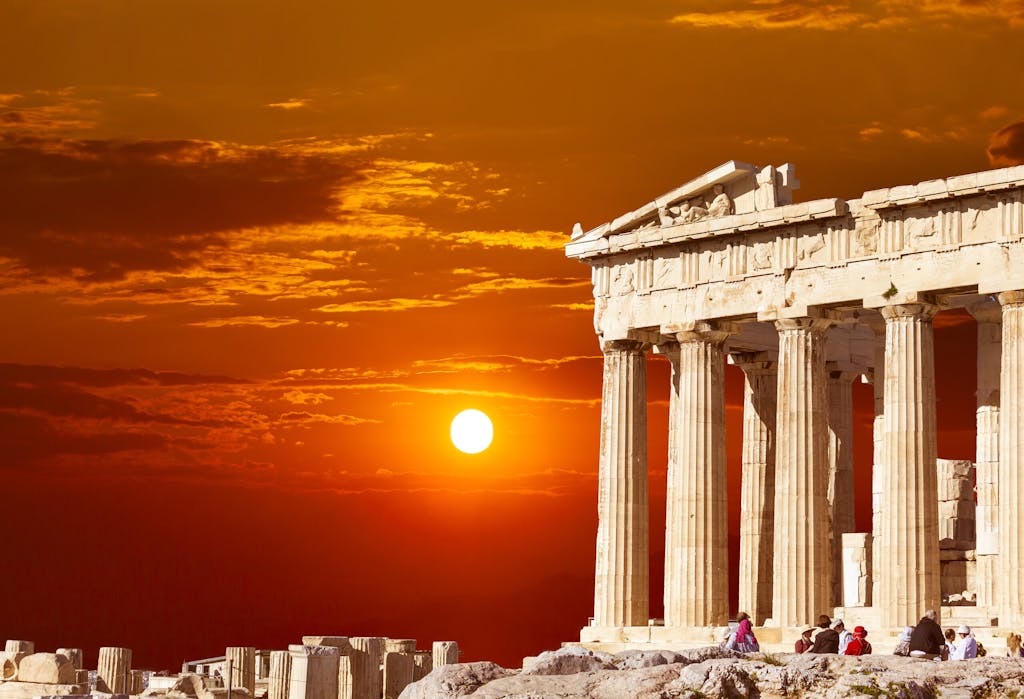
Athens is not only a port town on the Mediterranean Sea but it’s Greece’s capital and largest city. Like Rome, early Greek culture shaped much of Western civilization. Athens, one of the oldest cities in the world, was a city-state heralded as the birthplace of democracy.
You can find remnants of the classical city at the Acropolis, built as a citadel, and the Parthenon, an ancient temple built to honor the god Athena. Walk the city and you’ll find more ancient sites, such as the Arch of Hadrian (built to welcome the Roman emperor) and several pagan temples.
When you’re ready for gorgeous beaches and authentic Greek cuisine, head to the islands. It’s easy to hop a ferry from Athens to one of more than 200 inhabited islands. Fresh yogurt and olive oil are staples of what we consider the Mediterranean diet, along with fresh vegetables and fish. Cuisines on the islands vary. Vegetable and bean dishes dominate in the Aegean isles while spicy fish stews are typical on the Ionian island of Corfu.
Barcelona, Spain
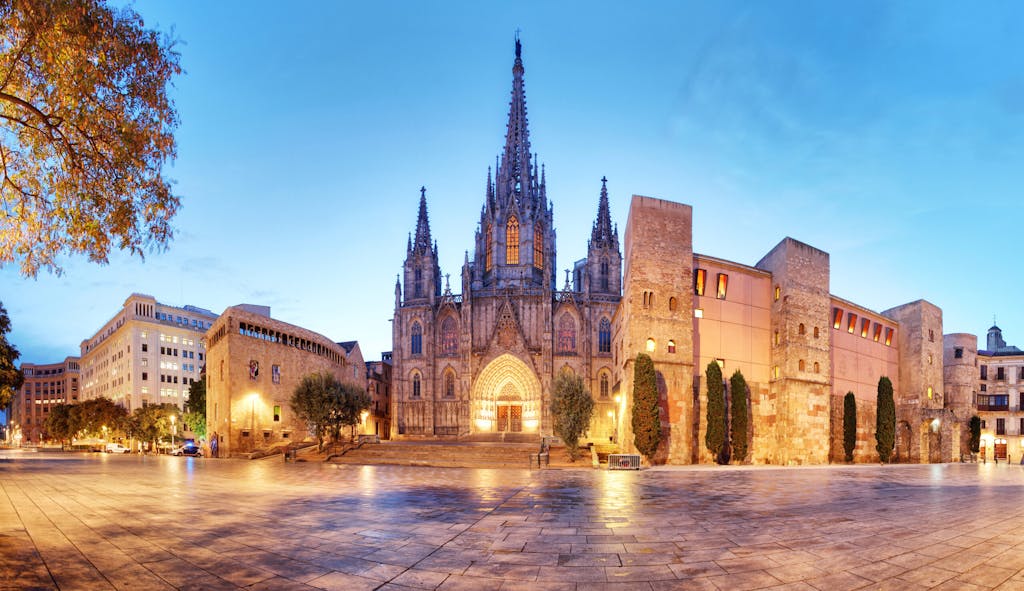
Barcelona’s location has made it the main Mediterranean port for Spain, but any semblance to other resort towns ends there. Barcelona has its own cultural identity and language (Catalan) and is known for being singularly different.
To visit Barcelona is to immerse oneself in the work of Antoni Gaudí, the architect who gifted his adopted hometown with whimsical and glorious creations. Start with the Sagrada Familia, his massive cathedral with leafy and intricate canopy ceiling and soaring trees as arch supports. Gaudí also designed the Park Güell, filled with colorful mosaics in the shapes of animals, and several apartment buildings worth touring. Seven of Gaudí’s creations make up a UNESCO World Heritage Site.
Other things to do in this coastal town: Take a walking tour of the Gothic Quarter and marvel at the grand-scale cathedral, a local favorite. Take advantage of Barcelona’s good weather with a bike tour along the coast or a stand-up paddle board session on the beach.
Monte Carlo, Monaco
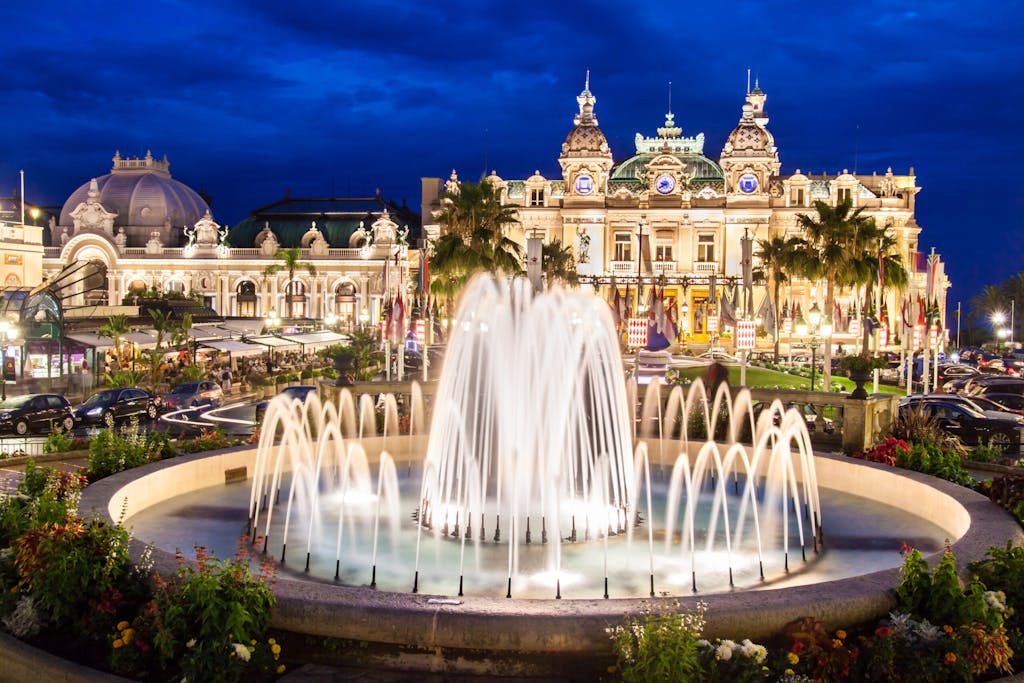
The tiny enclave of Monte Carlo sits on the French Riviera between the French Alps and the Mediterranean Sea. It’s the most popular district in Monaco and the world’s second-smallest nation state (it covers less than a square mile) after the Vatican.
Mix the elegance of the late Princess Grace with the unflinching cool of James Bond and you get a feel for the Riviera town’s reputation as a symbol of luxury and glamour for more than a century. Even if you’re not a gambler, visit the palace-like Monte Carlo Casino (featured in two Bond films) to appreciate the lavish decor and design inside the Beaux-Arts-style building that’s been a celebrity magnet for more than a century.
This is the Mediterranean at its classiest. The casino, built in the 19th century, houses the city’s ballet and opera. If you go to the gaming rooms, take a page from 007 and dress smartly. You won’t be allowed in if you wear shorts, jeans with holes, running shoes or flip-flops.
Other places to drink in Monte Carlo’s luxe vibe: the lounge at the opulent Hotel Metropole and the landmark brasserie Cafe de Paris. From downtown, you can walk or bicycle ride on the twisty street course of the annual Monte Carlo Grand Prix held each spring.
Exploring Monaco beyond the wealthy haze of Monte Carlo means embracing its natural beauty. Head to the ever-present seaside and walk one (or both) well-established paths to neighboring French towns. The paths from Monte Carlo to Cap d’Ail and splendid Mala Beach (about an hour each way) reveal the Riviera’s glorious azure waters, hilly terrain, cliffside villas and hidden beaches.
Istanbul, Turkey
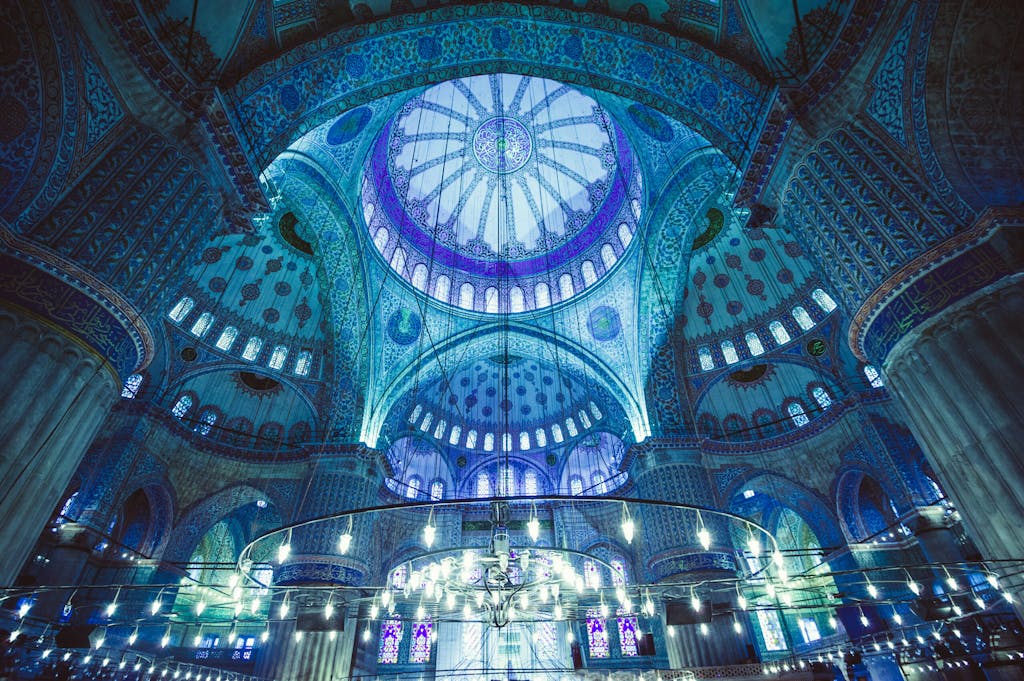
Istanbul is the largest city and principal port in Turkey, straddling two continents separated by the Bosporus Strait. The city is not on the Mediterranean Sea (only southern Turkey shares the shoreline) but is loosely considered part of the Mediterranean because of similarities in climate (namely its hot, dry summers).
The mosques of Istanbul stand as grand architectural wonders and important religious sites in a city that has survived for 2,500 years. Start with the Hagia Sophia, built when the city was called Constantinople and was the capital of the Byzantine Empire. It was built as a church in the 6th century and transformed into a mosque when the Ottoman Empire took over more than 1,000 years later. Its massive dome and tile mosaics loom over visitors who see at once the ancient church and the current mosque.
The Süleymaniye Mosque, built in the 16th– and the 17th-century, and the Blue Mosque, named for its blue tiles hand made in the city of Iznik, are architectural must-sees.
It’s worth walking to the Galata or Ataturk bridges over the Golden Horn to see sweeping views of the city and its domed and turreted mosques. One more stop: the elaborate sultan’s 16th century home called Topkapi Palace, a complex of buildings with opulent rooms linked by courtyards and passages.
Istanbul’s neighborhoods embrace the old and the new. Many of the famed mosques are in the historic Sultanahmet district. Head to the modern Beyoglu to find clubs, restaurants and shopping, especially on Istiklal Street, known as the “Fifth Avenue of Istanbul.” Are you inspired to take a Mediterranean cruise? Learn more here.



